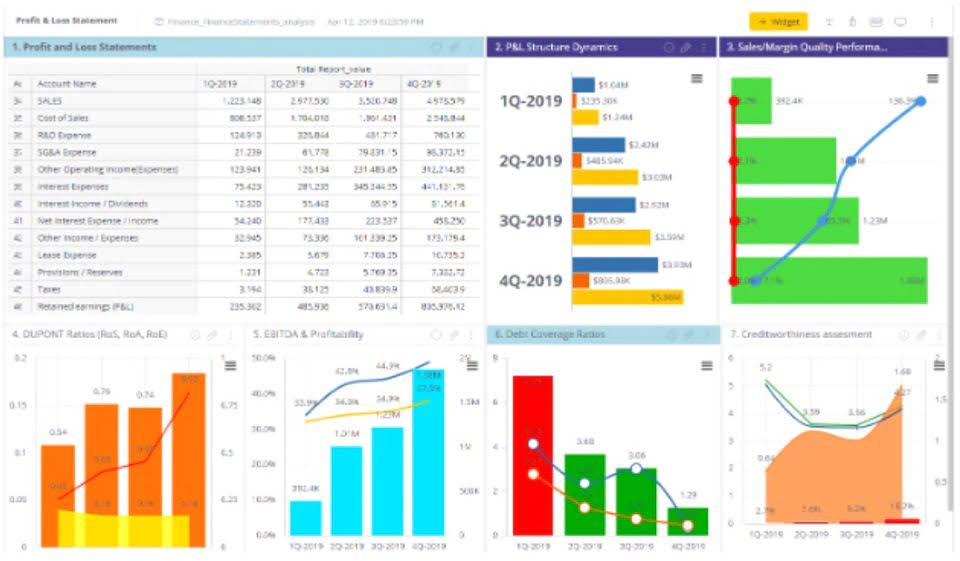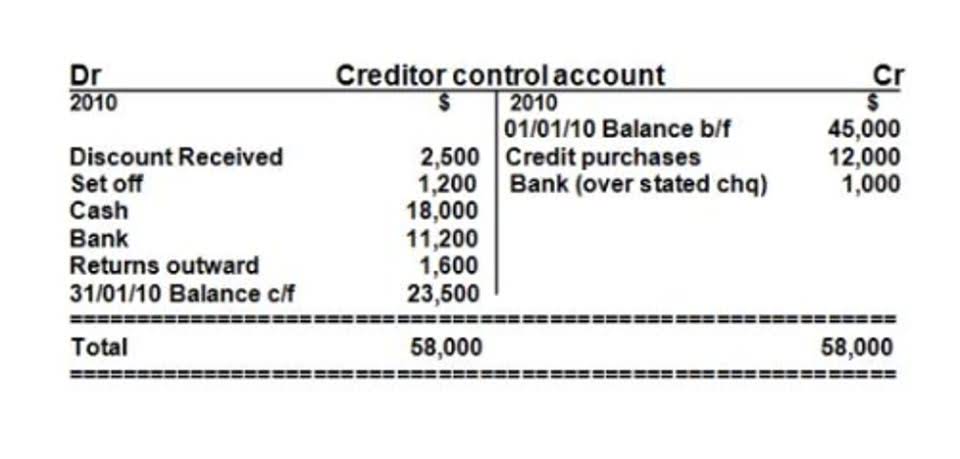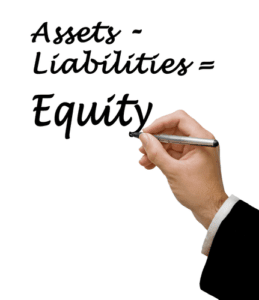By looking at average PE ratios, it is possible to get an idea of whether entire sectors, industries, or markets are over- or undervalued. When the CAPE ratio is low, it means that expected future returns from the stock market are likely to be high. But when it is high, the stock market returns in the coming years will likely be low or even negative. Investors want to buy financially sound companies that offer a good return on investment (ROI). Among the many ratios, the P/E is part of the research process for selecting stocks because we can figure out whether we are paying a fair price. Simply put, the P/E ratio of a company measures the amount that investors in the open markets are willing to pay for a dollar of the company’s net income as of the present date.
A company that operates without debt might have a lower ROE than one with more debt, not because they are less efficient, but because they have a larger equity base. Investors should be careful not to rely too heavily on ROE when comparing companies with different debt levels. Inventors see the efficient use of equity as a positive sign, making the company a more attractive investment. Of course, when making investment decisions such as these, wise investors combine ROE alongside other metrics to get a complete picture. Return on Equity (ROE) measures how well a company generates profit from shareholders’ investment and is expressed as a percentage. This means that investors are willing to pay 3.33 times the company’s book value for each share.
P/E Ratio vs. PEG Ratio
This exceptionally high TIE ratio indicates minimal default risk but might suggest the company is under-leveraged. Shareholders might question whether more debt financing could accelerate growth and enhance equity returns. A high ROE driven by debt rather than operational efficiency can be risky since this increases interest expenses and financial instability. When considering ROE as a measurement of financial health, investors should look at how the company is leveraged. Preference share capital is the funds generated by a company through issuing preference shares. A higher P/E ratio may not always be a positive indicator because a higher P/E ratio may also result from overpricing of the shares.
- A company with a high ROE and strong reinvestment strategies is more likely to experience sustainable growth.
- Increasing debt artificially inflates ROE by reducing shareholder’s equity.
- When combined with EPS, the P/E ratio helps gauge if the market price accurately reflects the company’s earnings (or earnings potential).
- The ratio referred in above examples is also the trailing P/E ratio.
- The PEG ratio is used to determine a stock’s value by comparing that to the company’s expected earnings growth.
- A player with lower turnovers is taking better care of the ball and making smarter decisions.
Relationship between P/E Ratio and Value Investing
Hence, the P/E ratio might not agree with a company’s performance for a long time, leaving enough room for error on investors’ part. Hence, there is no foolproof P/E ratio that investors can rely on when investing in the stock market. In this respect, other technical analysis indicators such as discounted cash flow, the weighted average cost of capital etc. can be used to ascertain the potential profitability of a company. Value investing requires a long-term holding of stocks for investors to realise their profitability fully. It is also essential to note that individuals should consider the average P/E ratio of the industry a particular company belongs to before deciding whether its stock is overvalued or undervalued.
Valuation Trends and Market Preferences
The PEG ratio is used to determine a stock’s value by comparing that to the company’s expected earnings growth. The earnings yield is often compared to current bond interest rates. Referred to by the acronym BEER (bond equity earnings yield ratio), this ratio shows the relationship between bond yields and earnings yields. Some studies suggest that it is a reliable indicator of stock price movements over the short-term. It’s calculated by taking the current share price of a company’s stock and dividing it by its earnings per share (EPS).
What is Return on Equity (ROE)?
The main difference between trailing PE ratio and Forward PE ratio is the earnings period used for price-to-earnings ratio calculations. But then, earnings began to rise, reducing the P/E ratio even as Tesla’s stock price continued to rise. It tells you how much people are willing to pay for a company’s stock, compared to how much money the company earns. A higher P/E ratio means people are willing to pay more for a company’s stock. This means they think the company will earn more money in the future.
Industry-Specific Considerations
It’s a fundamental valuation metric used in the stock market to evaluate a company’s stock price relative to its earnings. The CAP/E ratio or the Shiller P/E ratio, which was popularized by economist Robert Shiller, is another useful metric when applied to the market as a whole. The CAPE ratio is calculated by dividing the current price of a stock or market index by the average real earnings over the past 10 years, adjusted for inflation. In the example above, Company X has a lower P/E ratio, but Company Y has a lower PEG ratio reflecting that investors are paying less per unit of earnings growth.
- This provides a more comprehensive view of a company’s ability to meet all fixed financial obligations.
- When a company loses money and reports negative EPS, that also throws off the equation.
- We would need to make historical comparisons to what P/E the company has had in the past and look at the P/E of the company’s competitors.
- Companies with higher growth rates often have higher PE ratios because investors are willing to pay a premium for expected growth.
- In the same way, a lower PE ratio may mean a better value for investors.
- Different companies may use varying accounting methods, leading to discrepancies in reported earnings.
- It is essential to consider other valuation metrics and evaluate the company’s future growth prospects.
The relative P/E ratio gives greater perspective by drawing from a broader range of data. P/E ratios are most useful in comparing similar companies within a sector or industry. We can now determine the P/E ratios by dividing the share price by the EPS.
A high P/E ratio may suggest that investors anticipate strong earnings growth, while a low P/E ratio may indicate skepticism or conservative growth expectations. It’s essential for investors to consider the broader economic and industry context when interpreting P/E ratios. On the other hand, if a stock exhibits lower than average P/E, it signifies that the stock prices are undermined in relation to the company’s earnings and are hence, undervalued. Hence, when a company demonstrates high P/E Ratio, it means that either the company is overvalued or is on a trajectory to growth. If a company reports negative earnings, its P/E ratio becomes negative or undefined. A negative P/E ratio typically means that the company is losing money, which can make it challenging to use this metric for valuation.
Factoring in past earnings has the benefit of using actual, reported data, and this approach is widely used in the evaluation cash basis accounting definition of companies. The price-to-earnings ratio is most commonly calculated using the current price of a stock, although you can use an average price over a set period of time. The P/E ratio is a key tool to help you compare the valuations of individual stocks or entire stock indexes, such as the S&P 500. In this article, we’ll explore the P/E ratio in depth, learn how to calculate a P/E ratio, and understand how it can help you make sound investment decisions.
If you divide the PE ratio by the can a fully depreciated asset be revalued company’s earnings growth rate, you get the PEG ratio — a number that is much more useful to value stocks that are growing fast. One useful way to check if a stock’s PE ratio is reasonable is to also look at a related metric that incorporates the company’s earnings growth rate. The formula for calculating the P/E ratio—or price-earnings ratio—is equal to the current stock price divided by earnings per share (EPS). While no single financial ratio provides a complete picture, the TIE ratio offers a straightforward yet powerful gauge of solvency that complements other metrics in comprehensive financial analysis. Companies can artificially boost ROE by increasing debt, which reduces shareholders’ equity.
When a company loses money and reports negative EPS, that also throws off the equation. Price-to sales ratio helps you compare all these companies against each other. But some investors may choose to compare current P/E to the low value of the range. That might come in handy if looking for more evidence that you’re buying at a relatively cheap price in a bear market, for example. PEG can be either «trailing» or «forward. Trailing PEG uses past (observed) growth rates, while forward PEG uses future (projected) growth rates.
Royal Bank of Canada restated a “sector perform” rating and set a $150.00 target price on shares of Clorox in a research note on Thursday, January 30th. Evercore ISI upped their price objective on shares of Clorox from $145.00 to $155.00 in accounts payable duplicate payment audits a research report on Tuesday, February 4th. StockNews.com lowered shares of Clorox from a “buy” rating to a “hold” rating in a report on Sunday, January 5th. Finally, Barclays decreased their price target on Clorox from $140.00 to $139.00 and set an “underweight” rating for the company in a research note on Thursday, March 27th.
Additionally, the Price Earnings Ratio can produce wonky results, as demonstrated below. Negative EPS resulting from a loss in earnings will produce a negative P/E. An exceedingly high P/E can be generated by a company with close to zero net income, resulting in a very low EPS in the decimals. If Stock A is trading at $30 and Stock B at $20, Stock A is not necessarily more expensive. The P/E ratio can help us determine, from a valuation perspective, which of the two is cheaper. The P/E ratio would be a significantly large multiple and not be comparable to industry peers (i.e. as a complete outlier) — or even come out to be a negative number.
How to use the P/E ratio in stock analysis
Investing based on the PE ratio alone is a bad idea because cheap stocks are often cheap for a good reason. But it still has significant limitations, so it should not be used in isolation to determine whether a stock is worth buying. The PE ratio is very popular because it is easy to understand and easy to calculate. As an example, a stock with a PE ratio of 20, but is growing earnings at 20% per year, will have a PEG ratio of 1. The CAPE ratio tends to be high during long bull markets, but low during the depths of a recession.














